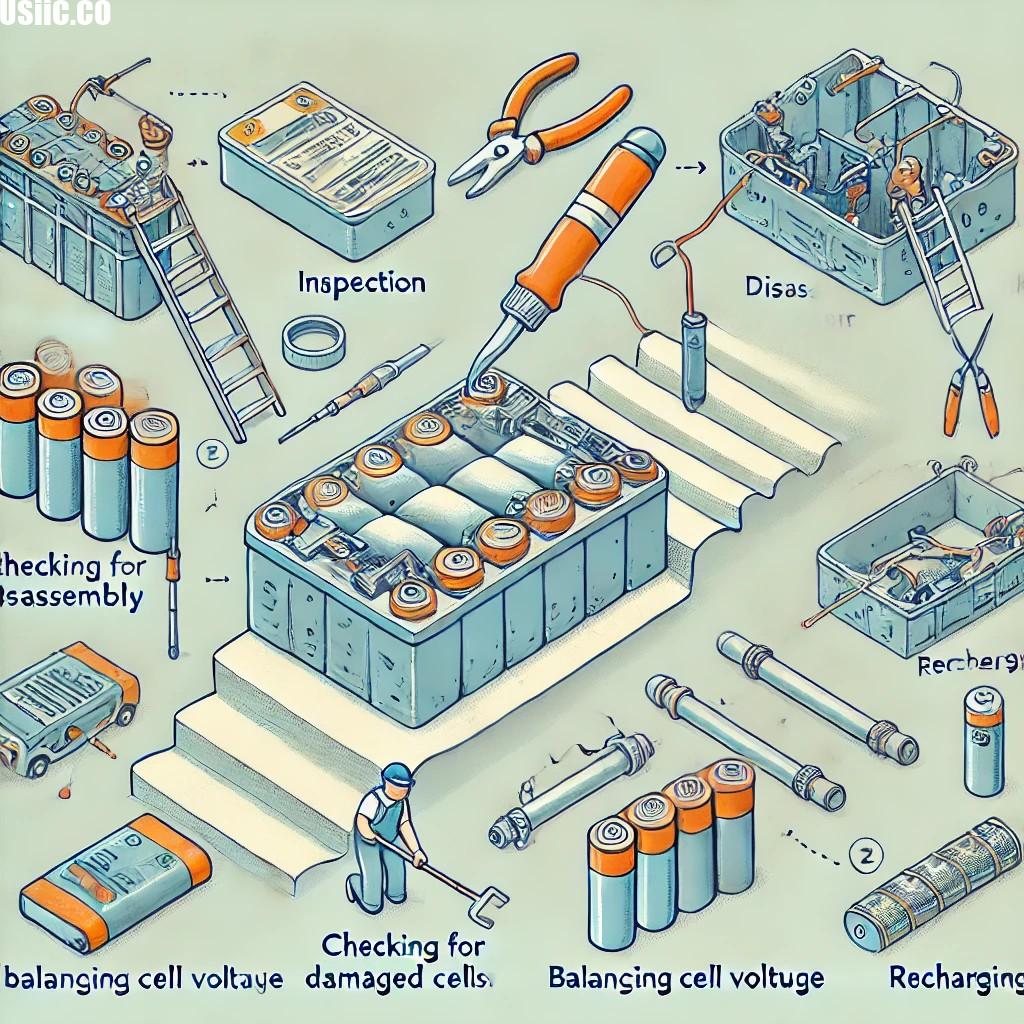Table of Contents
In today’s tech-driven world, batteries are the unsung heroes behind our smartphones, electric cars, and renewable energy dreams. Lithium-ion batteries have ruled the roost for decades, but they’ve always had their limits—think short lifespans, sluggish charging, and fading capacity. Now, a groundbreaking discovery by researchers from Skoltech, the University of Montpellier, and Collège de France is flipping the script. They’ve cracked a key mystery in battery science, paving the way for a new generation of lithium-ion powerhouses that could transform how we live, work, and play.
The Weak Link in Today’s Batteries
At the heart of every lithium-ion battery is a delicate dance: lithium ions shuttle between a cathode (the positive side) and an anode (the negative side), storing and releasing energy as they go. But over time, the cathode starts to break down, dragging the battery’s performance down with it. For years, scientists pointed the finger at rogue oxygen molecules forming inside the cathode, believing they destabilized its structure and slashed its lifespan. This was a big deal—especially for high-stakes uses like electric vehicles, where every extra mile counts.
The problem? That theory might have been holding us back more than we realized.
A Game-Changing Twist
Using state-of-the-art equipment at a “megascience” research facility, the team uncovered a jaw-dropping truth: those pesky oxygen molecules weren’t the villain after all. Instead, they were a side effect of the research process itself. The intense X-ray beams used to peek inside the batteries were actually triggering the oxygen formation—meaning the tool meant to solve the puzzle was muddying the waters.
This isn’t just a “whoops” moment—it’s a breakthrough. By ruling out oxygen as the main culprit, researchers can now zero in on the real reasons behind cathode degradation. And that’s a massive step toward building batteries that last longer and pack more punch.
What’s on the Horizon?
So, what does this mean for us? The next wave of lithium-ion batteries—supercharged with extra lithium—could hold up to 30% more energy than today’s models. Picture this: an electric car that cruises farther without a pit stop, a phone that powers through days of use, or solar grids that store sunshine more efficiently. These upgrades could turbocharge everything from personal gadgets to global sustainability efforts.
This discovery also proves something bigger: science thrives when we challenge the status quo. By rethinking an old assumption, these researchers have lit a new path forward.
From Lab to Life
The road to store shelves is still ahead, but this finding brings next-gen batteries closer to reality. With a clearer picture of what’s breaking down inside, scientists can design smarter fixes to boost durability and performance. It’s a team effort, too—bridging expertise from Russia to France—showing how global collaboration is key to cracking tech’s toughest nuts.
Image: The Power Within

Caption: A sleek lithium-ion battery cell, hinting at the high-tech future of energy storage.
The Future is Charged
The quest for the perfect battery isn’t over, but this leap forward is electrifying. By debunking a decades-old myth, researchers have unlocked fresh possibilities for lithium-ion tech. Whether it’s powering our daily lives or driving a greener planet, these next-gen batteries could be the spark we’ve been waiting for. The future isn’t just coming—it’s charging up fast.



